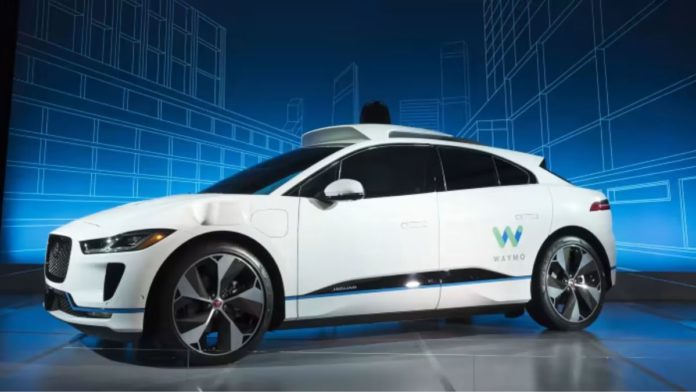Waymo, a company that develops autonomous vehicles, has been testing its vehicles in Phoenix and San Francisco for some time now, as well as offering customers in the Phoenix area free rides. In the upcoming months, the company plans to introduce self-driving robotaxi service in major districts of Los Angeles. The self-driving technology division of Alphabet Inc. is now focused on three markets.
Since 2019, Waymo has occasionally visited Los Angeles to map neighborhoods, including downtown, Miracle Mile, Koreatown, Santa Monica, Westwood, and West Hollywood. According to the new suggested plans, more than a dozen Waymo autonomous cars would initially be in Los Angeles before expanding from there. This week, Waymo will begin rolling out a fleet of electric Jaguar I-Pace SUVs with laser lidar units, cameras, radar, and other sensors that will initially exclusively carry Waymo staff.
Saswat Panigrahi, the chief product officer at Waymo, stated that the company would start public testing after it has gathered the necessary approvals and feedback. He opted not to disclose the number of vehicles involved in the new initiative or the launch date for a paid transportation service for the general public.
The Los Angeles metro area, which has a population of over 13 million people, presents a lucrative business opportunity since it is the third-largest ride-hailing market in the United States and could be worth US$2 billion in 2022. Waymo is teaming with regional organizations Mothers Against Drunk Driving’s California chapter and Los Angeles County Bicycle Coalition in the lead-up to its eventual launch.

The expansion into a third city happens as predictions for the widespread use of self-driving cars become less optimistic, including critics questioning the future of the Alphabet company. According to Waymo, Los Angeles is still far bigger and more complicated than the places where it has previously worked.
In terms of geography, San Francisco is much more congested, which is one of the reasons robotaxi firms have been testing there, although Phoenix is typically regarded as having superior planning and road signs.
Read More: Uber Eats and Nuro Team Up for robot food delivery in California and Texas
On the other hand, Los Angeles has a more intricate network of municipal streets and highways; not all are in good condition or have obvious markers. Additionally, it is thought that the traffic situation is far worse than in San Francisco. Waymo still has to win approval from two regulatory organizations, the California Public Utilities Commission and the California Department of Motor Vehicles, which govern autonomous car testing and deployment.
Testing of autonomous vehicles—both with and without safety operators—is governed by the California Department of Motor Vehicles. Companies wishing to test AVs without a human driver at the wheel must get a driverless testing permit. A deployment permit is the final step with the Department of Motor Vehicles.
The California Public Utilities Commission has “drivered” and “driverless” permits that allow businesses to provide rides in their self-driving cars. Waymo needs a license from the California Public Utilities Commission in order to charge for rides.
Waymo has joined its rival Motional, an autonomous vehicle initiative developed jointly by Aptiv and Hyundai, in operating in Los Angeles County. Motional teamed up with Uber Eats to start performing limited driverless food deliveries in Santa Monica in May of this year.


